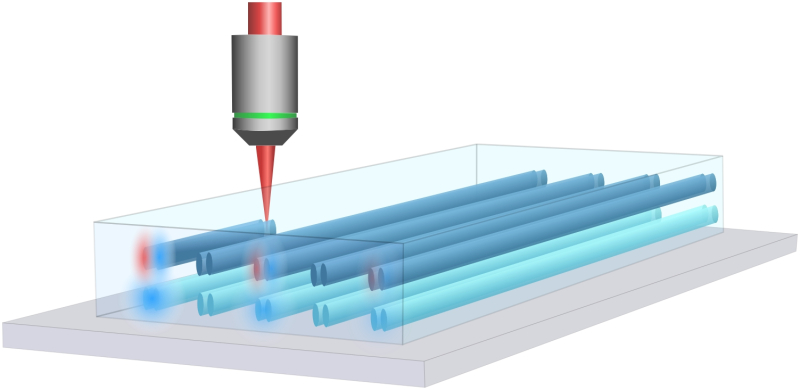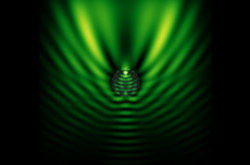Topological photonics is a branch of physics that, among other things, studies how various types of light, from microwaves to infrared radiation, propagate in unique structures. As light in these materials is known to follow specific paths rather than disperse throughout the structure or scatter due to the sample flaws, researchers find these properties to be useful in creating next-gen optical devices, like fibers for efficient signal transmission and powerful light sources composed of numerous synchronized lasers.
Materials in which light travels along certain trajectories are made up of artificial “building blocks” with unique properties. Examples of such blocks, also known as meta-atoms, can be rings connected in a special way or layered columns of several substances. After fine-tuning the geometry and properties of the meta-atoms in these systems, scientists observe topological effects – a phenomenon in which a system's physical properties are dictated by its overall structure and are unaffected by individual flaws. For example, at some frequencies, light propagates solely at the structure's edges or corners and does not scatter into the grating's bulk, even if disordered.

Schematics of the lattices with topological effects: Klembt, S., et al. / Nature, 2018 (left) and Miguel A. Bandres et al. / Science, 2018 (right)
Whether it is possible to produce such structures for the optical range has been a question for researchers. Nevertheless, the team from ITMO University and the University of Chile has proposed a new method that allows them to create topological states for the visible optical range.
The researchers developed the material using photonic molecules – that is, interconnected waveguides that carry light. These minuscule tubules were etched into glass using a femtosecond laser, the rays of which were able to modify the refractive index in the material due to partial polymerization of the molecules. The material's edge was then treated with a red-emitting laser. The procedure allowed the team to reach parameters within which light did not propagate across the lattice, but was concentrated solely at its edge, confirming that they had detected a topological effect.

A femtosecond laser etches waveguides into a glass sample. M. Mazanov et al. / Nano-letters, 2024
The proposed method opens up new avenues for investigating topology in the optical range. To begin with, the setup supports twice as many topological states and allows scientists to fine-tune their characteristics. Second, the lattice is designed in such a way that the quality of the waveguides does not have to be ideal and the shape of the opening through which the femtosecond laser passes may vary substantially.
The study is supported by the Russian Science Foundation and ITMO’s 2030 Development Strategy.





